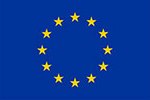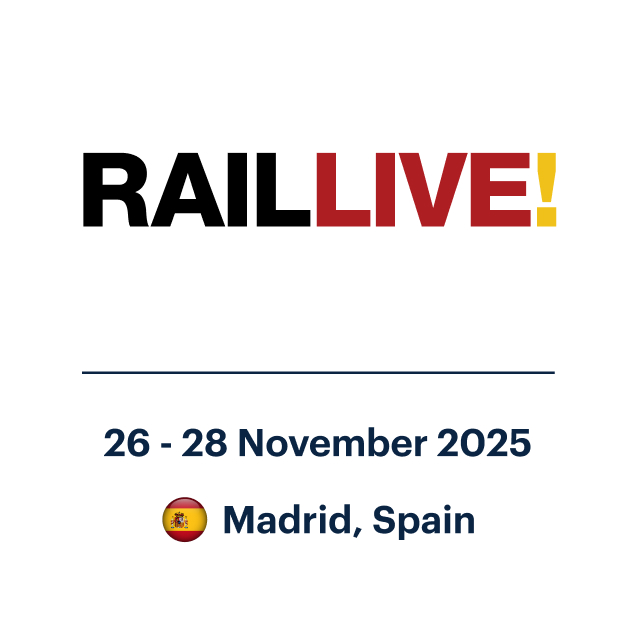From technical milestones to partnership highlights, the Flagship and Exploratory Projects continue to drive forward...
- Home
- News & Events
-
- Calls
-
-
-
Calls
- Calls for Proposals
- Call for associated members
- Calls for Tenders
- Recipients of Funds and Annual List of Specific Contracts

On 21 June 2024, the Governing Board of Europe’s Rail Joint Undertaking (EU-Rail) adopted a Call for Expression of Interest (CEI) with a view to selecting associated members with the potential to contribute to the achievement of its objectives. The Governing Board decision can be accessed here.
Questions & Answers
Explore Calls for Tenders
Procurement rules and information
Discover detailed information about procurment rules and information.
Tender Archives
Access detailed information about past tenders.
Discover Calls for Tenders

Europe's Rail regularly published Calls for Tenders. To find out about open Calls, follow link below.

Article 15 (Principle of transparency) of the EU-Rail financial rules states that the JU shall make available on its internet site no later than 30 June of the following financial year information on the recipients of funds deriving from its budget.
-
-
-
- Our R&I Programme
-
-
-
Our R&I Programme
Discover Innovation pillar
Innovation Pillar
EU-Rail’s Innovation Pillar (IP) is tasked to deliver operational and technological solutions that contribute to a more efficient, flexible, and demand-led, yet safe and environmentally sustainable European railway system.
Discover System pillar
System Pillar
The System Pillar provides governance, resource, and outputs to support a coherent and coordinated approach to the evolution of the rail system and the development of the system view.
Explore System pillar
About & Outputs
Governance
Discover Deployment Group
Deployment Group
The Deployment Group advises the EU-Rail Governing Board on the market uptake of rail innovation developments and support their deployment.
About Deployment Group
High-Level Deployment Group
Explore the DAC Delivery Programme
For a successful and effective implementation of the Digital Automatic Coupler for European rail freight (DAC), it is of crucial importance to have open, close and efficient cooperation between rail stakeholders. The European DAC Delivery Programme enabled by Europe’s Rail, offers a unique European platform for such cooperation and collaboration.
Discover Unlocking Rail Success
Unlocking Rail Success
Discover how Europe’s Rail Joint Undertaking is calling for a bold, coordinated investment strategy to simplify and modernise rail systems across the EU. This public-private partnership model – outlined in our High-Level Paper – proposes an €18 billion investment from 2028 to 2034 to strengthen European competitiveness, deliver greener transport, and drive technological sovereignty.
Discover Shift2Rail
Explore Shift2Rail
About Shift2Rail
Shift2Rail R&I Programme
Shift2Rail Key Documents
Shift2Rail Members
Governing Board & Decisions
Shift2Rail Projects
-
-
-
- Projects & Solutions
-
-
-
-
-
Projects

Discover detailed information on Europe's rail innovation initiatives, showcasing flagship and other projects aimed at enhancing rail systems across Europe. It highlights collaborative efforts funded by the European Union to develop sustainable, efficient, and competitive rail transport solutions.
Solutions catalogue

Europe’s Rail Catalogue of Solutions illustrates successful R&I results in the form of possible products and solutions, while highlighting the benefits for final users, operators, infrastructure managers and/or suppliers. This publication also outlines the advantages of integrating demonstrators into market solutions so that they can deliver the rail innovation Capabilities of the future.
-
-
-
- Who we are
-
-
-
Who we are?
About Europe's Rail
Explore About Europe's Rail
Mission and objectives
Preparatory Activities
Jobs
Discover Structure of Governance
Explore Structure of Governance
Governing Board
General Assembly
States Representatives Group
Scientific Steering Group
Executive Director
Discover Reference Documents
Explore Reference Documents
Key Documents
Annual Work Plan and Budget
Annual Activity Report
Annual Accounts
Functioning of the Europe's Rail JU
-
-
-
- Results for {phrase} ({results_count} of {results_count_total})Displaying {results_count} results of {results_count_total}
- Contact











